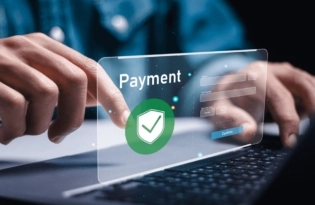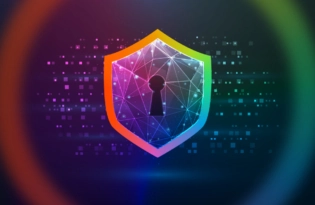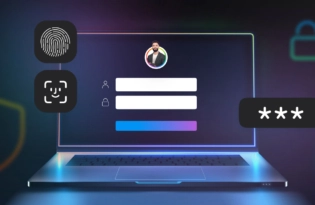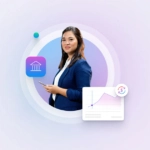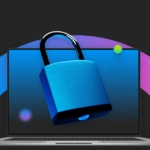Creating a Brand Around Your Freelance Business: 3 Things You Must Do
Editor’s Note: This is a guest post by Daniella Alscher, Content Marketing Associate at G2. No matter the type of freelance business you’re running, it needs to be branded. Personal branding is often overlooked by professional freelancers, who’d rather cut straight to the chase of seeking out clients on freelance platforms and putting their pedal…
Editor’s Note: This is a guest post by Daniella Alscher, Content Marketing Associate at G2.
No matter the type of freelance business you’re running, it needs to be branded.
Personal branding is often overlooked by professional freelancers, who’d rather cut straight to the chase of seeking out clients on freelance platforms and putting their pedal to the metal.
Without working in a consistent language and visual appearance, how will you stand out amongst the 57 million freelancers in the U.S., let alone the millions of others around the world?
Below are three things freelancers must do to ensure that clients come running.
1. Define yourself
To begin building your personal brand for your freelance business, it’s important to start with your brand identity. Your personal brand, freelance or otherwise, is a way to tell your unique story and let your audience know that you’re the right person to solve their problem.
Answer These Questions
Your brand identity can be defined by answering several questions, whose answers will help you eliminate the things you don’t want to be known for, while helping the things that you do want to be known for stand out. Start by thinking about answers to questions like:
- What are your freelance business goals?
- What do you value as a professional?
- Why did you start your freelance business?
- Who is your audience?
- What are your unique skills?
- What are some of your weaknesses?
The more thorough and honest you are with your answers, the more prepared you’ll be to begin branding your freelance business. If you’re struggling to answer some of these questions, asking friends or family members to help you could provide a helpful second perspective into the kind of person you are, what your strengths and weaknesses are, and the things you’re passionate about.
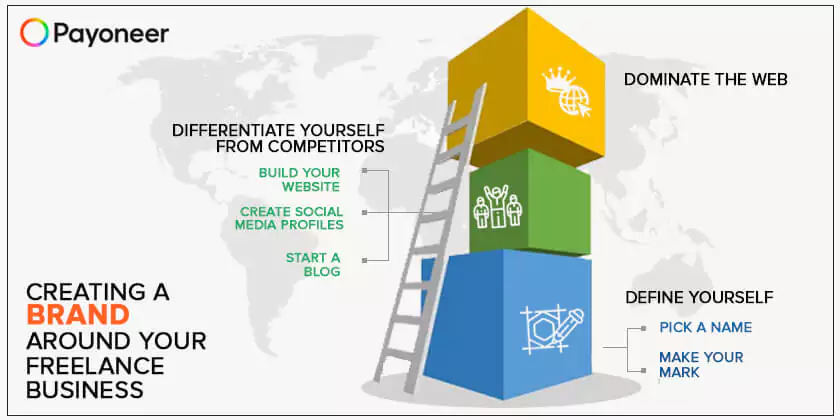
Answering these questions isn’t where the buck stops when it comes to defining yourself as a brand.
Pick a Name
Many freelancers choose their business name to be their own name. However, if their parents named them John Doe, that freelancer isn’t going to have much of a chance of snagging JohnDoe.com or being found on the first page of Google (IamJohnDoe.com is available, but this won’t always be the case).
In a situation where your name isn’t necessarily the most unique, you hope to hire more people than just yourself in the future, or you’re looking for a more exciting business name, there’s always the option to choose a “doing business as” (DBA) name.
There are several different routes you can take when brainstorming a name for your business. Don’t let yourself get too carried away; your freelance business name should be one that your clients will remember.
Make Your Mark
Branding and logos are often used interchangeably, but you’ll soon realize that the logo is only a small part of your brand. But just because it’s small doesn’t mean it’s not mighty. There are occasions in which a brand name can be completely replaced by its logo (think about Apple and Starbucks).
If you choose to design a logo, or hire another freelancer to help you, choose your elements with intent. If you want your brand to be extremely professional and to-the-point, that logo is going to look much different than a friendly, open-minded one.
Other brands don’t use additional visual elements, but instead opt in for a wordmark – a text-only visual representation of a business used for the same purpose that a logo would be used. Brands like FedEx and IBM use wordmarks.
If you choose to go this route, don’t be afraid to put a creative spin on it. Using the wordmark “John Doe” in Times New Roman isn’t going to be memorable.
2. Differentiate Yourself From Competitors
Your name and logo are important, but the answers to the questions above are what begin to reveal the uniqueness of your business. Identifying your strengths and weaknesses, your audience, and the reason you began your freelance business in the first place are the start of your story.
While emulating yourself after another brand is always an option, the carbon copy never appears as clearly as the original. There are a lot of freelancers in the market – focus on what makes you unique and make that the focal point of your brand.
When finding what makes you and your passion special, don’t forget that this element needs to be framed to attract the client to do business with you. Perhaps you choose to have multiple face-to-face or video conferences with your clients rather than doing things over email. Make that known! Boasting your originality isn’t going to make anyone want to do business with you, but framing your skills, passions, and values into ways that you can solve problems for others might do the trick.
3. Dominate the Web
The story and the visual aspect of your freelance business can come together in limitless ways, but using words only makes your persona stronger.
Gone are the days of depending solely on flyers and business cards to get the word out about your business. Freelance businesses are all about having an online presence.
Build Your Website
Whether you’re posting on social media or writing articles for Forbes, your readers need a home base to come back to so that they can learn more about what you do and reach out if they’re interested in working with you. Building a website is a freelance project within itself, but you don’t have to know HTML and CSS to make something that is both visually appealing and intuitive.
Website builders with drag-and-drop features make it easy for anyone to start a website from scratch, and these builders often come with templates. While templates are okay to use, remember the enormity of the freelancer population and don’t forget to try and put a unique spin on what you compose.
Finally, having a form or contact information on your website is essential. Without it, potential clients won’t be able to get in touch.
Create Social Media Profiles
Unless you’re willing to sacrifice your personal accounts for professional content, it’s often best to start social accounts from scratch with handles that are reminiscent of your business name. Include a bio, the link to your website, and your logo as the profile picture. This way, consistency is present across all social platforms.
When posting, think of your audience: what are they looking for? Do they want to read long-winded paragraphs about your personal experiences, or are they looking for short snippets of advice? Do they respond more to words or imagery? What about video?
The world of social media is your oyster, and it’s all about getting to know your audience. By monitoring their activity, you’ll be able to tell which content translates well and which posts flop. Take this data in stride and adjust your social strategy accordingly.
Start a Blog
Often, social media users are prone to scrolling through their feeds quickly, meaning that not many people will pause to read lengthy LinkedIn posts. If you’re dying to share more than 500 characters worth of information, launching a blog is the road to take. If you’re comfortable with limited characters, launch a blog with micro-articles.
No matter what you choose, freelancers with blogs have more room to share their brand’s voice with the world.
In addition, there are technical benefits! Blogs that are optimized for search engines have a higher chance of appearing closer to the first page of Google depending on the keywords their audiences choose to search, meaning that they’re more likely to be clicked on.
Brand is About Starting From the Beginning
Finding new clients can be the toughest part of freelancing, but leveraging your own brand as a tool is the first step towards achieving this. Starting a freelance business without knowing yourself, your goals, and your strengths first is like diving into a board game without reading the instructions. There’s a chance you could succeed, but that chance grows infinitely larger if you begin your career with your first client being yourself.

Daniella Alscher is a Content Marketing Associate for G2. When she’s not reading or writing, she’s listening to true crime podcasts or sitting on the couch. Or both.
Related resources
Latest articles
-
How to simplify payment operations with Payoneer’s automation feature
Save time, reduce costs, and eliminate errors with Payoneer’s new payment automation feature.
-
How to prevent online payment fraud as an SMB
Prevent online payment fraud by overcoming challenges like phishing, fake accounts, and account takeovers (ATO) with enhanced security features from Payoneer.
-
Amazon Fees & Policy Updates 2024
Amazon regularly makes planned updates to fees and policies that may impact Payoneer customers that sell on Amazon. To keep Payoneer customers informed regarding upcoming and past updates, we’re providing a list of known changes to Amazon fees and Policy updates.
-
How Payoneer’s target exchange rate feature will help you save more on bank withdrawals
Boost savings with Payoneer’s target exchange rate feature.
-
Navigating phishing attacks: A guide to keeping your Payoneer account secure
Keeping your funds safe is our number one priority at Payoneer. While phishing attempts can happen, arming yourself with knowledge is key to keeping your data and money safe
-
Zoho Books and Payoneer integration guide
Learn how to seamlessly integrate Payoneer with Zoho Books. Follow our step-by-step guide to connect your accounts, create invoices, and manage payments efficiently. Optimize your financial operations today!


